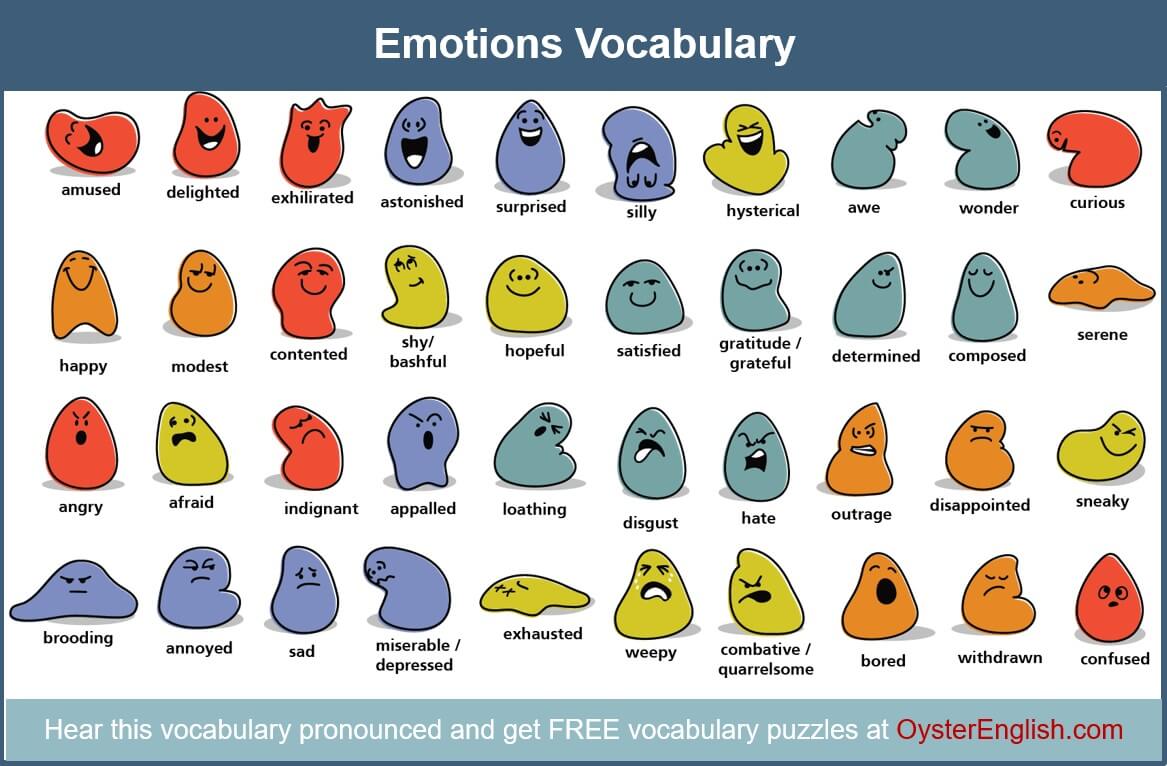

Two hypothesized ingredients are "core affect" (characterized by, e.g., hedonic valence and physiological arousal) and conceptual knowledge (such as the semantic meaning of the emotion labels themselves, e.g., the word "anger"). On "constructionist" accounts, the emotion a person feels in response to a stimulus or event is "constructed" from more elemental biological and psychological ingredients. Furthermore, knowledge of what the person is seeing or the larger context of the eliciting event should not be necessary to deduce what the person is feeling from observing the biological signatures. A theme common to many basic emotions theories is that there should be functional signatures that distinguish different emotions: we should be able to tell what emotion a person is feeling by looking at his or her brain activity and/or physiology. In particular, the function, expression, and meaning of different emotions are hypothesized to be biologically distinct from one another. On "basic emotion" accounts, activation of an emotion, such as anger, sadness, or fear, is "triggered" by the brain's appraisal of a stimulus or event with respect to the perceiver's goals or survival. There has been recent discussion of the progression on the different views of emotion over the years. However, a debate among experts has questioned this understanding of what emotions are. This apparent ease of recognition has led to the identification of a number of emotions that are said to be basic, and universal among all people. Humans' subjective experience is that emotions are clearly recognizable in ourselves and others. Each emotion acts as a discrete category rather than an individual emotional state. Ekman explains that there are particular characteristics attached to each of these emotions, allowing them to be expressed in varying degrees. A popular example is Paul Ekman and his colleagues' cross-cultural study of 1992, in which they concluded that the six basic emotions are anger, disgust, fear, happiness, sadness, and surprise.

Theorists have conducted studies to determine which emotions are basic.

These basic emotions are described as "discrete" because they are believed to be distinguishable by an individual's facial expression and biological processes. In discrete emotion theory, all humans are thought to have an innate set of basic emotions that are cross-culturally recognizable. 2.3 Positive activation – negative activation (PANA) model.


 0 kommentar(er)
0 kommentar(er)
